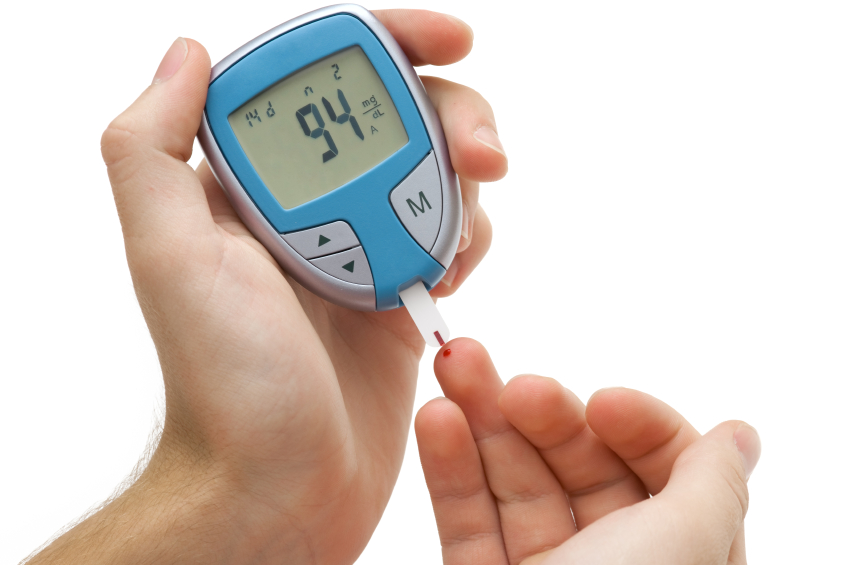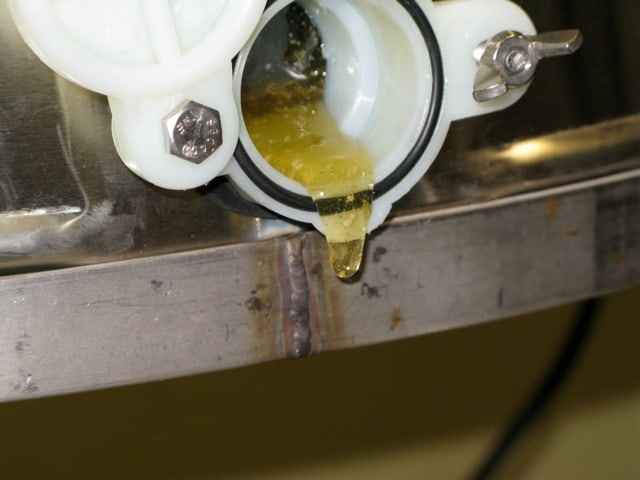Perfectly balanced in glucose and fructose, honey is exactly what the liver needs to reduce blood sugar spiking. In my social circles, this is such a fundamental belief that I thought I knew exactly what I was going to write about—until I looked at the research. I was shocked to find counter opinions. Should a diabetic substitute honey for refined sugar? As it turns out, the answer isn’t always yes. It depends on both the individual and the type of honey. Because of the huge amount of variation involved, people need to find the type of honey that works best for them.
Your body’s digestive system breaks down starches into sugars. One of those sugars is glucose, which is the basic fuel for cells. Insulin is then used to convert glucose into energy. When your body fails to produce enough insulin, or doesn’t respond to insulin, you may develop diabetes. For people who already have diabetes, glucose build-up can lead to complications. This is what doctors call “bad.”
Should you eat honey? The answer is almost certainly yes, especially if it’s raw, local honey. It’s a healthier choice than highly refined sugar or low-calorie sugar substitutes. However, there are individuals for whom dietary fructose and carbohydrates are a problem. These people should use honey with caution.
By weight, honey is 82% sugar, with trace amounts of vitamins and minerals. Half of that sugar is fructose. The unique composition of honey is based on the nectar gathered from flowers in the hive area, which means its exact composition, as well as its Glycemic Index (GI), can vary greatly.
Fructose optimizes the liver conversion of glucose to glycogen for storage. When glucose is removed from the bloodstream and essentially stored in the liver, spikes in blood sugar are avoided. Honey, with its perfect ratio of fructose to glucose, helps the liver metabolize fructose in ways that processed and artificial sweeteners can’t, providing a remarkable regulatory effect.
But some people dispute this. Noting that both honey and sugar affect blood sugar levels, they believe that a sweetener provided by honeybees offers no clear advantages. Not only do they point out that honey contains more carbohydrates and more calories by weight than granulated sugar, they also emphasize the need to include these carbs in a dietary plan.
Still others state that honey may actually be detrimental for type 2 diabetes patients because of the great quantities of sugars it contains. Griselda Xóchitl Brito Córdova claims honey can raise fat and triglyceride levels, which can lead to particularly negative consequences for type 2 diabetes patients. But Córdova also points out a number of other benefits associated with this “superior natural sweetener.” Those benefits include its role in digestion, the nervous system, and energy production, as well as nail, hair, and skin vitality.
Due to its significantly lower GI, monosaccharide fructose is sometimes recommended as a sweetener for diabetics. But fructose is absorbed differently, and is generally stored in the liver as triglycerides. This creates a heavy workload for the liver that can lead to damaging outcomes like obesity. Fructose-sugar substitutes containing corn syrup and artificial sweeteners can be even more harmful than regular sugar when consumed long term. That’s why honey, with its perfect balance of glucose and fructose, is so beneficial. Rather than being stored in the liver, the fructose is used to convert the glucose.
In 2009, tests demonstrated that consuming honey for eight weeks provided beneficial effects on body weight and blood lipids for diabetic patients. However, an increase in hemoglobin A(1C) levels was also observed, so caution about honey consumption remained.
More recently, evidence from Noori Al-Waili et al., falls in the “for honey” camp. Further, a December 2013 report suggests scientific data supports the use of honey in patients with diabetes.
All of this evidence would suggest that pure honey is a healthier choice for diabetics than sugar and other sweeteners. If you do choose honey, be sure it’s unadulterated honey—straight from the hive, raw, unheated, unfiltered, and also free of high fructose corn syrup, starch, malt, cane sugar, and glucose. These are all things you can expect to find in the adulterated honey available at big box stores. Get to know your local beekeeper instead.
Every diabetic is unique, but generally they must monitor their blood sugar and keep track of changes in their diet. No matter what sweetener, if any, diabetics choose, they must continue monitoring and draw conclusions about their own health for themselves. One tablespoon of honey is approximately 17 grams of carbohydrates, which must be counted in their daily carbohydrate allotment. Normal monitoring procedures should be followed.
It really comes down to choices. As a diabetic, unless you give up eating sweeteners altogether, you must choose what sweetener is right for you. Honey is a healthier choice than table sugar or non-nutritive sweeteners such as Splenda, saccharin, and aspartame. Honey requires lower levels of insulin compared to refined white sugar, and it generally has a lower GI than refined white sugar. Remember, honey is not a refined sugar—but it is a sugar. Would you be better off not eating a sweetener at all? Yes. But if you do, raw local honey should be at the top of your list of candidates.
Selene River Press recommends local raw honey. If you live in Boulder or Golden, you can get writer Don Studinski’s Honeybee Keep “Slow Honey” fresh from the hive.

Photo at top by Don Studinski/First drops of Honeybee Keep “Slow Honey.”


